Is Gaia Project with its Lost Fleet expansion the perfect Eurogame?
Eurogames — with lots of complex interactions, ways to score points and indirect ways to mess with your opponents — have reached a ridiculously high standard in the last few years. With games like Brass: Lancashire, Age of Innovation, Yellow and Yangtze, Terra Mystica and El Grande now “the norm,” it’s very difficult to improve upon the formula. Gaia Project was already a fantastic game, but with the brand new Lost Fleet expansion, it might just be Eurogame perfection.
Set in a galaxy far, far away (and possibly a long time ago, but that’s unconfirmed), Gaia Project tasks players with terraforming and colonising planets one by one, joining groups of colonies together to form confederations and scoring loads of points in the process. Each player controls a completely unique and highly asymmetrical alien race, and learning to maximise the strengths of your chosen people is a key aspect of the game.
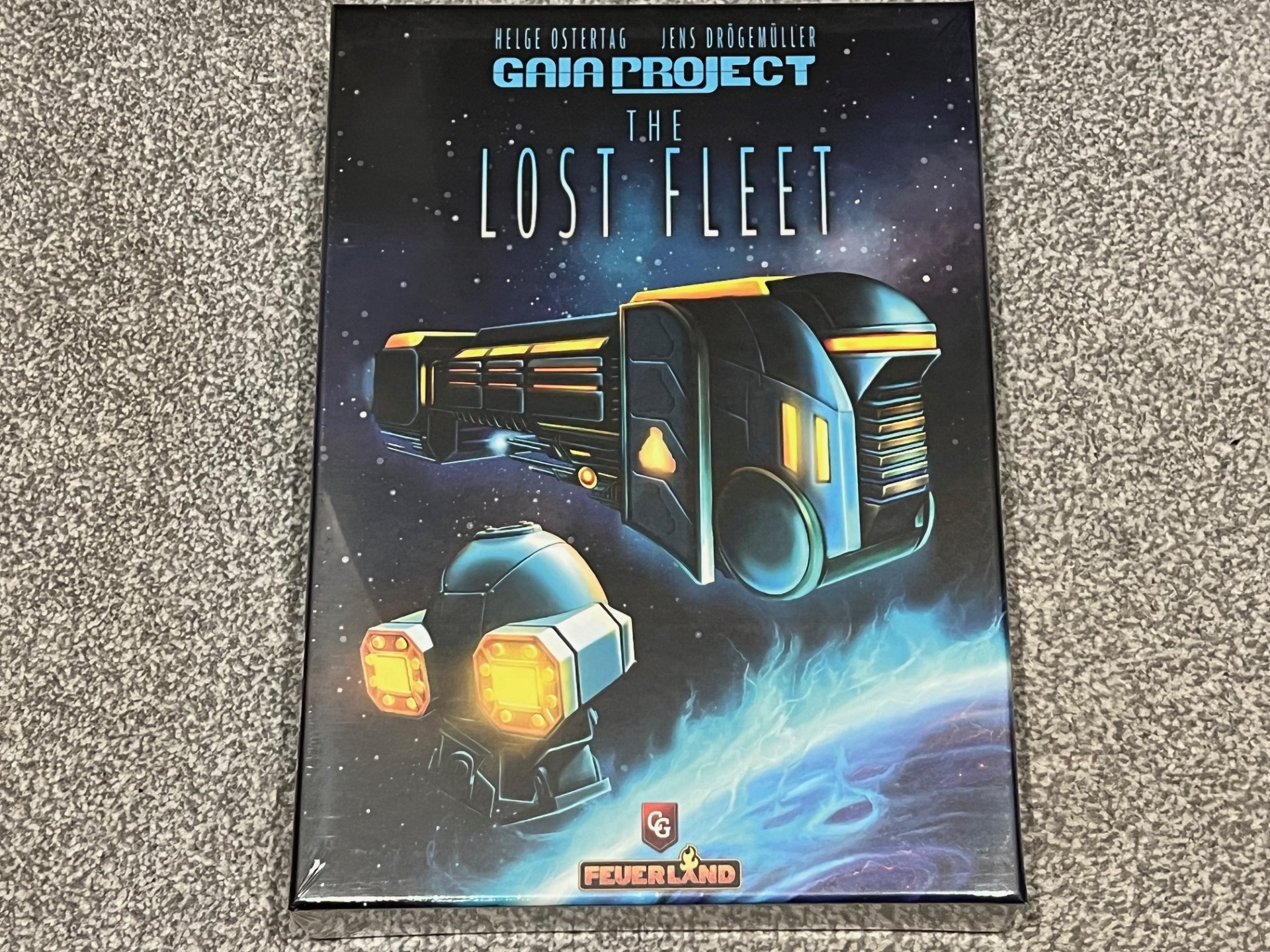
Being a Eurogame, there’s no conflict in Gaia Project, despite it looking like a large space map that should have ships and lasers pew-pewing all over it. What Gaia Project replaces actual combat with is passive-aggressive expansionism. Don’t like the idea that your neighbour is about to expand onto that planet next to you? Well, why not convert it to a terrain type that they can’t inhabit — or better still, terraform it and settle it yourself in a single turn.
But Gaia Project is clever and the people who made it are even cleverer — cleverer than me, anyway. Having neighbours is important in Gaia Project, just as it is in real life (probably) and you can’t just exist in a quiet corner of the galaxy. Building and upgrading on planets next to a neighbour’s planet allows them to gain points in exchange for power — which is a key resource in Gaia Project. Obviously, you don’t really want your opponents to gain power, but you do want them to help you gain power, and so Gaia Project creates an organic race to the centre that encourages everyone to go for the most optimal placement.
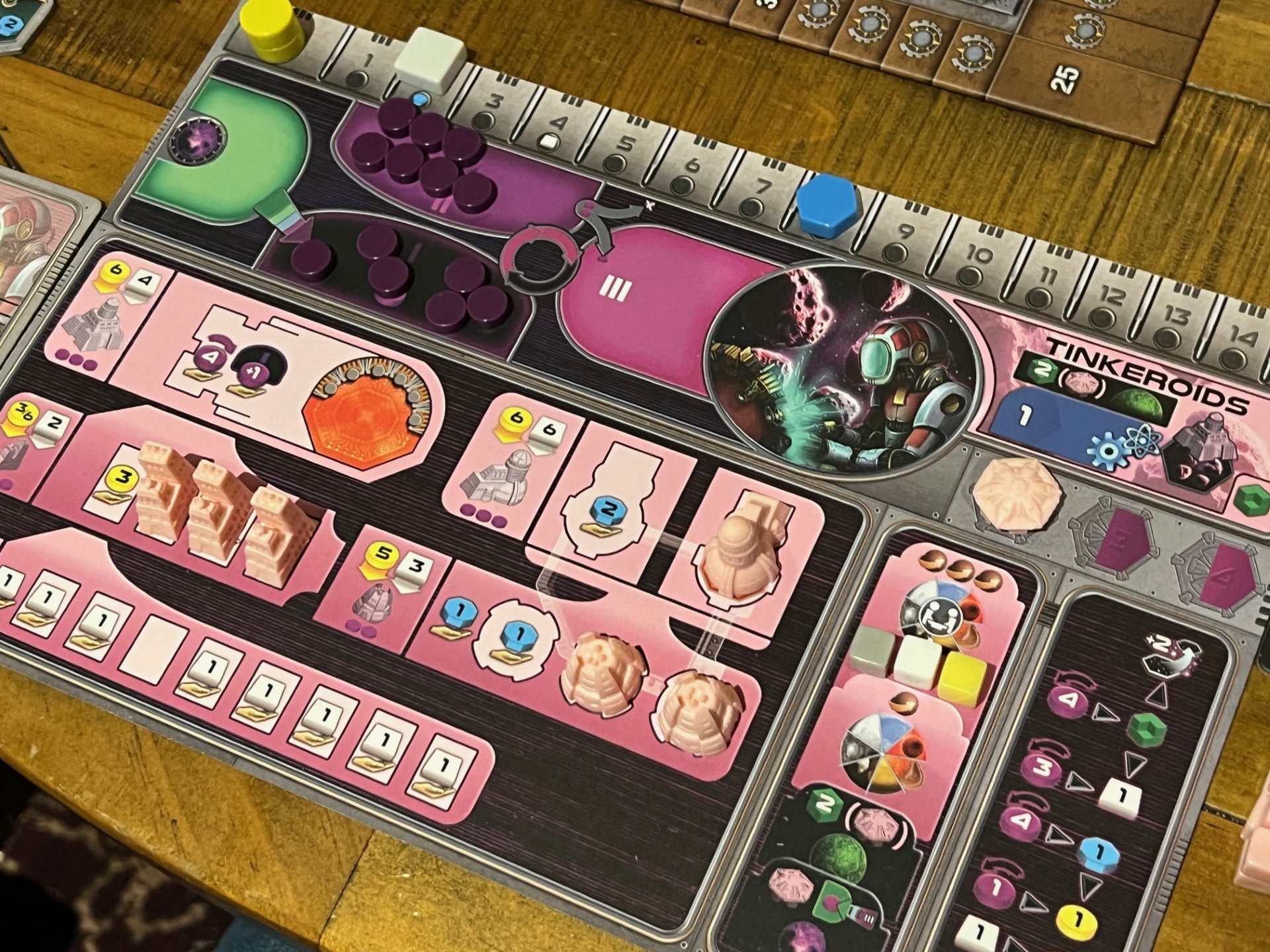
Power is absolutely critical to success in Gaia Project, and even more so when The Lost Fleet is in play. The base game includes several uses for power, with the most basic use being to exchange power for resources (which is a free action) and then some of the more interesting ideas including taking a turn to convert a large number of power into a new “thing” or similar. Indeed, some of the terraforming actions you’ll take (especially relating to uninhabited planets known as trans-dim planets) will simply require power to do.
Where The Lost Fleet comes in makes power even more interesting. This new and probably definitive expansion adds a lot to the game, and one of those things is four new tiles that represent ships jam-packed with new actions that often require yet more power. These frozen hulks (literally lost in space) are placed strategically around the map during setup, and can be visited by the players to unlock their powerful new technologies and abilities.
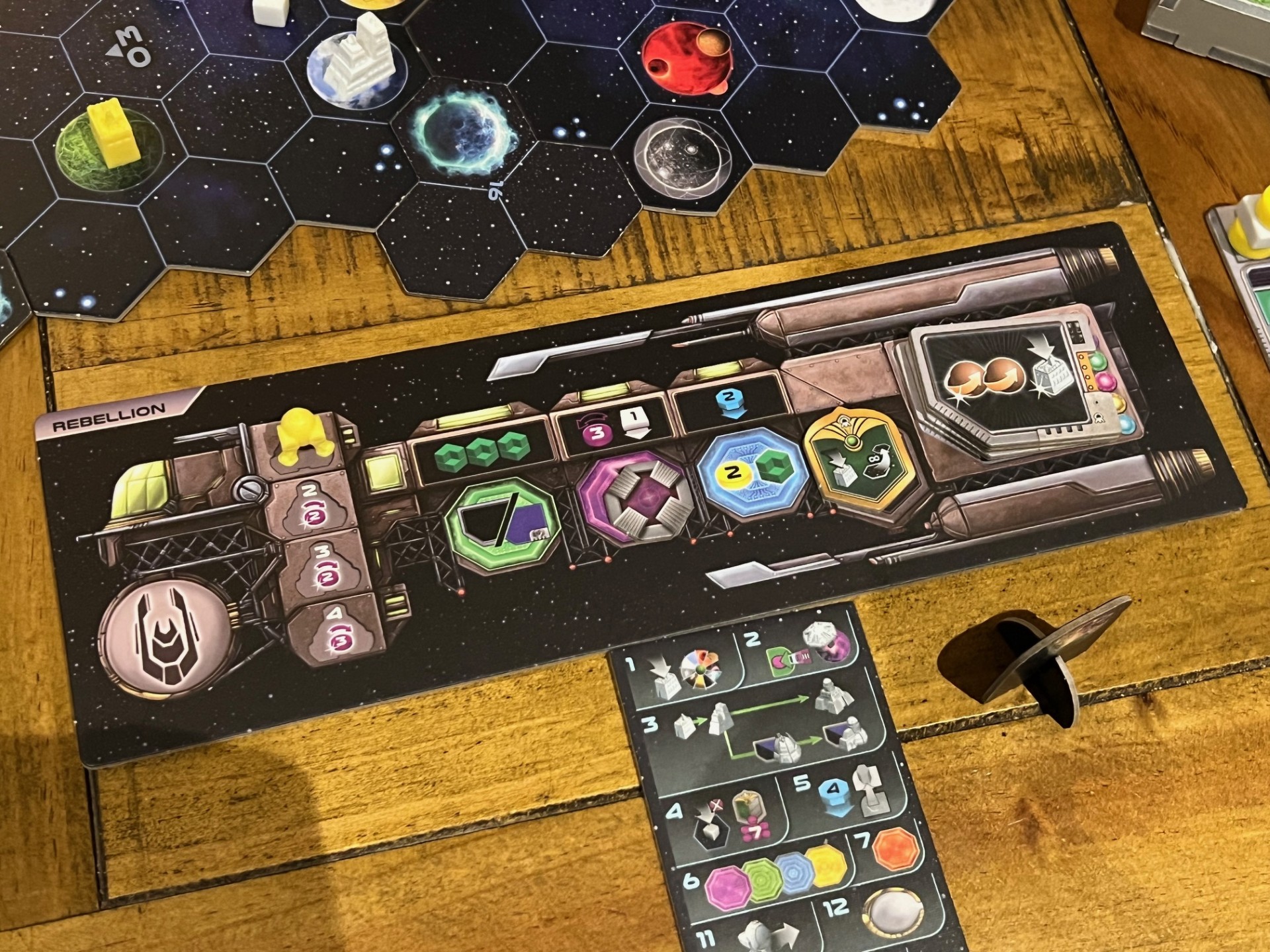
Broadly, Gaia Project: The Lost Fleet is a game-changing expansion. I’ve talked often about the different kinds of expansions out there — some simply add “more of what you like” to a game, whilst others add “modular changes and new features” that subtly change the existing ruleset. The Lost Fleet is the relatively rare kind of expansion that makes such fundamental changes to the basic game experience that I would probably never play Gaia Project without it again.
Firstly, The Lost Fleet fixes a few things about Gaia Project. It takes hundreds and hundreds of games to really “get good” at this kind of Eurogame and the truth is that I am simply not there, but even I can feel the differences that The Lost Fleet brings and why they are important. Firstly, it balances some of the races whilst also adding two new planet types and two new races. Asymmetry and a little bit of imbalance has always been a feature of Gaia Project, but now the asymmetry is even more present, whilst balance feels better thanks to the literally millions of hours of collective playtesting that has gone into the ideas that make The Lost Fleet.
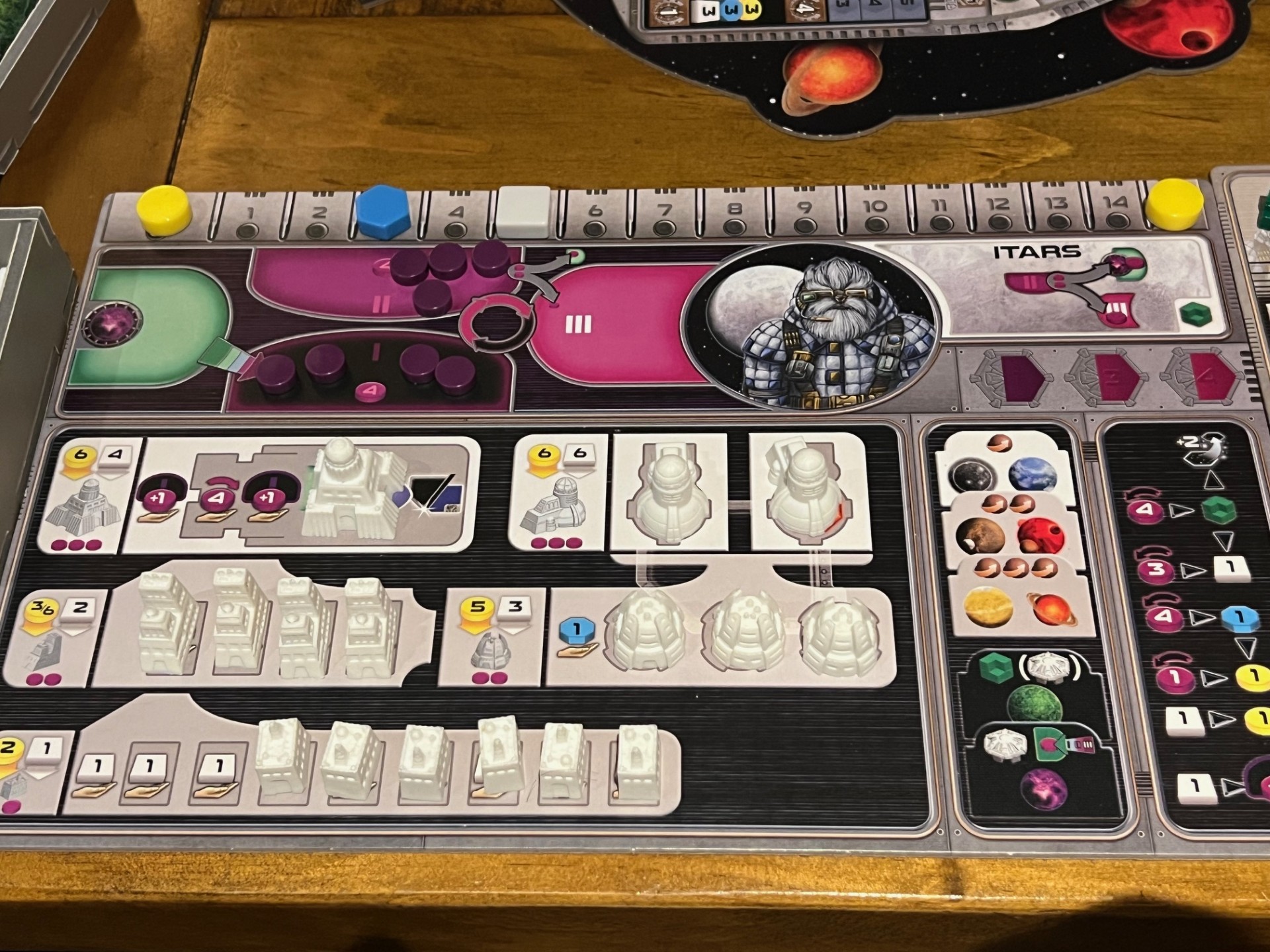
The new races are both unique and fun, whilst a new extension to the player board that deals with exploration shuttles (a new type of piece) helps to balance the original races. It costs power and resources to send shuttles to ships of the Lost Fleet, and to put it simply a couple of the originally overpowered races now need to pay more to use the Lost Fleet — just to name one example of the rebalancing.
The Lost Fleet spaces themselves take work to access, with players able to send one of their shuttles if they have a settlement in range (using the normal range rules). Once a shuttle is placed on a Lost Fleet ship, you can use the benefit spaces shown there — and these are almost always worth the trade off. Being able to instantly colonise planets at a lower than usual cost, or accessing unique technology tiles that no one else can are just a couple of examples. There are less mundane examples, but you’d probably need to play the game a bit to see their true value. Needless to say though, every ship has powerful and interesting opportunities.
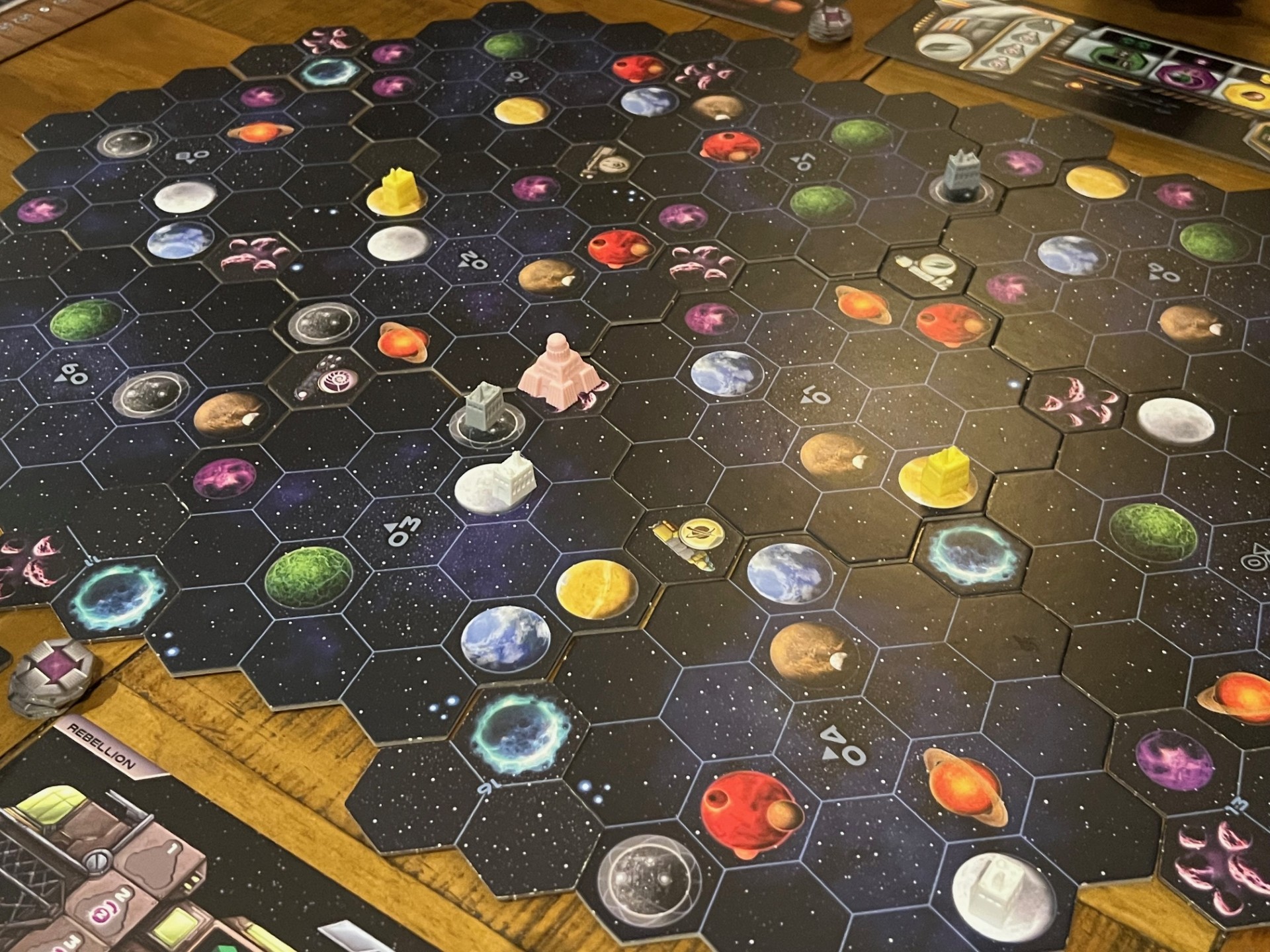
Does this make The Lost Fleet the perfect expansion? Maybe. Probably. I’ll let you know when I’ve played it a hundred more times… But wait, when was the last time I wanted to play a game a hundred times? That’s kind of what The Lost Fleet does for Gaia Project — it turns a very good game into a fantastic one. I am still not sure whether I prefer Gaia Project with The Lost Fleet to Age of Innovation or not, but I can say that both games — which for those who don’t know, are sister titles with competing sci-fi and fantasy themes — are probably both good enough to be in any top ten list of Eurogames ever made. That really is saying something, so if you’re a Eurogame fan that likes Gaia Project already, then The Lost Fleet is an absolute must.
Both Gaia Project and Gaia Project: Lost Fleet can be found at your local game store, but you can also pick them up from Amazon.
Comments are closed.